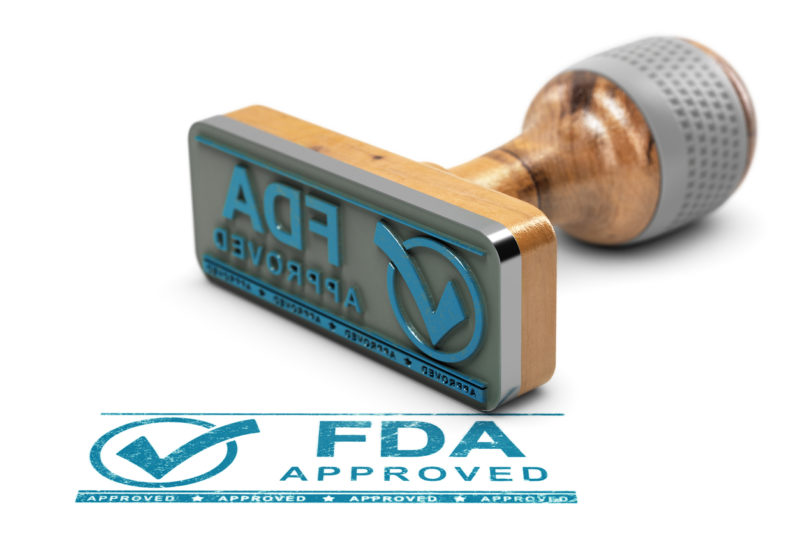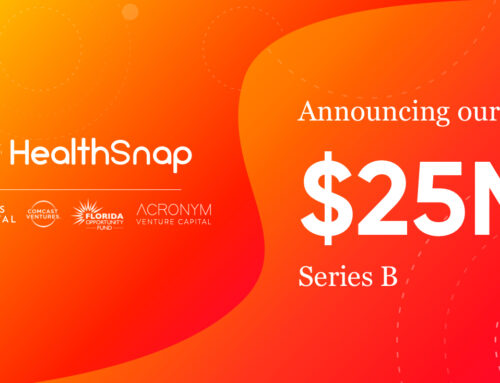Artificial Intelligence (AI) is quickly becoming an integral part of our daily lives—from immersive virtual reality video games to quick email reply suggestions, computers around us are becoming smarter and more contextually aware. These innovative new technologies are not confined to entertainment and communication technologies but are also broadly applicable anywhere that a human might otherwise be charged with making a decision. While many of the use-cases for artificial intelligence are mundane and carry little risk (suggesting additional items at checkout based on what’s already in a customer’s online shopping cart, for example), the increasing use of artificial intelligence for complex and critical medical decision making and decision support now puts this innovative technology on the same regulatory footing as traditional medical devices.
Where to Draw the Line Between Consumer Technology and Medical Devices
When it comes to AI, the line between unregulated consumer technology and regulated medical device is unclear at best and downright opaque at worst! Further complicating the matter is that many of the major industry players in what we now think of as digital health space trace their roots back to consumer technology—FitBit, Garmin, Apple and Samsung are all traditional consumer electronics companies that are now making major plays in the medical technology space. From the other side, pharmaceutical and legacy medical device manufacturers are taking a cue from consumer technology and designing their products to be more user-friendly.
So, when do consumer products that incorporate AI for medical purposes cross the line into a regulated medical device? And how can artificial intelligence safely and reliably augment already approved medical devices? Unsurprisingly, the industry is still trying to figure that out.
The U.S. Food and Drug Administration (FDA) is charged with overseeing medical device regulation and categorizes medical devices into three categories:
- Class I The lowest and least complicated category of medical devices, examples in this category include dental floss, scalpels and elastic bandages.
- Class II Devices in this class are more complex and, in certain situations, could pose a threat to patients if they fail. Examples in this category include infusion pumps, x-ray machines and certain kinds of pregnancy tests.
- Class III Devices that fall into this third category are often the most complex devices that are critical to sustaining human life. Examples of this class of medical device include implantable pacemakers, blood bank software and automated external defibrillators.
So where does artificial intelligence fit within this classification scheme? The short answer is that, depending on functionality, an AI tool might be classified under any one of these classifications, or even designated as not requiring classification or regulation. Some examples seem straightforward—adding AI to blood bank software to increase efficiency falls squarely within a Class III designation, whereas an AI chatbot to help patients schedule their annual physical likely falls outside of the FDA’s regulatory mandate. Diagnostic tools that combine traditional medical data, patient-generated data and even socioeconomic data to create insightful risk profiles that can predict diseases years before they ever occur, however, remain a grey area.
FDA Regulations for AI
The FDA recognizes the need for clear and concise directives for classifying AI tools. They also recognize that software and analytic models are often developed on an accelerated timeline compared to traditional medical devices. In response to these realizations, the FDA has created a “Software Fast Track” program where technology companies can pre-qualify for expedited review of new digital medical devices, including AI-backed software and analytic tools (many in the industry are calling this “TSA Pre-Check for digital medical devices”).
In rolling out this new streamlined approval process for digital health devices, the FDA is recognizing that AI and digital health tools present both new kinds of opportunities and risks. While software can be developed more efficiently than traditional medical devices (a new iteration of an AI-backed analytic tool can be deployed within weeks of development whereas most medical devices take months or years to make their way to market), issues like privacy and data security take on a level of importance beyond that of traditional devices.
Looking to the Future
We know that artificial intelligence will play a central role in medical technology over the next decade. From critical diagnostic tools to time-saving logistical technology, federal regulators will play a critical role in helping this technology to market while also safeguarding patients and ensuring that only the most reliable and proven technology make it into hospitals, clinics and the home. Early indicators are that the FDA sees the industry as a partner and is working closely to balance these critical regulatory issues so that consumers and patients benefit from improved health outcomes while maintaining their privacy, security and trust in the medical device industry.
Help your patients understand how their lifestyle impacts their health by encouraging them to use our data-driven lifestyle management platform. With HealthSnap, you can easily view and understand your patient’s lifestyle health through remote patient monitoring and a tangible report and make data-driven care decisions based on lifestyle data. Sign up for a FREE trial today by clicking here and make the lifestyle conversation easy!












Leave A Comment
You must be logged in to post a comment.